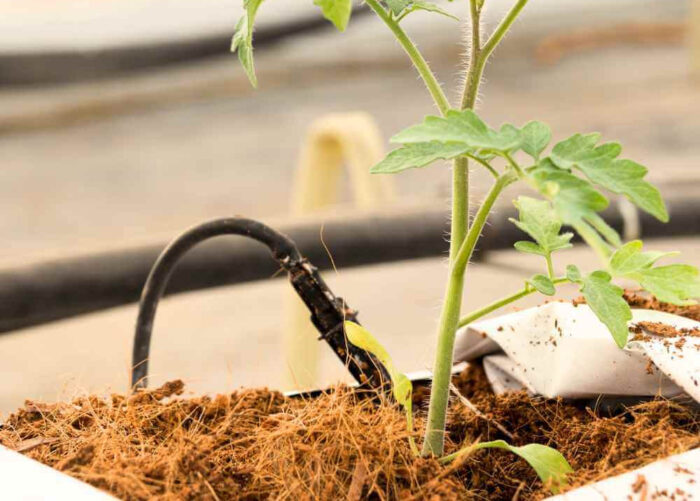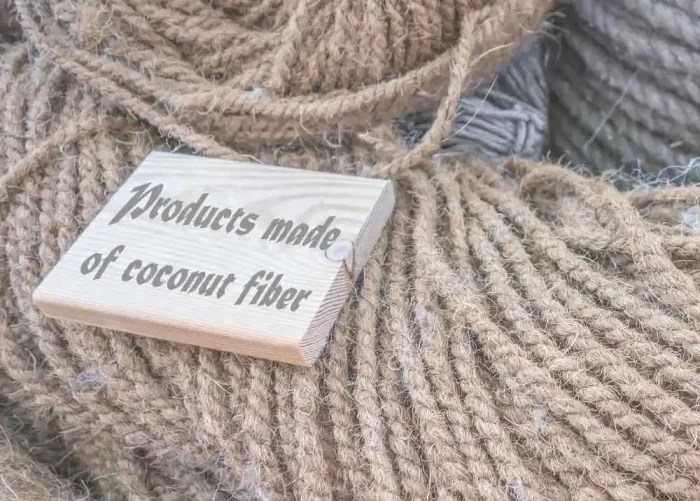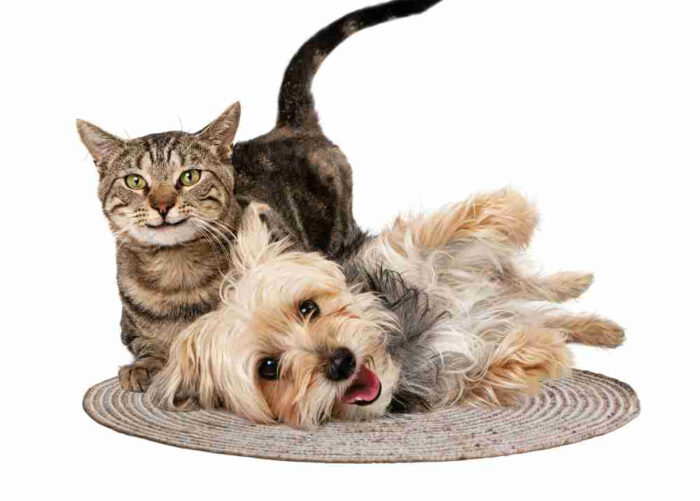Coconut fibre (fiber), or coir, is a natural and versatile material from coconut husk. The use of coconut substandard products has been gaining popularity due to its eco-friendliness and various benefits. In this article, we will explore the different use of coconut fibre.
Contents [hide]
1. Uses of Coconut Fibre
Coconut fibre is widely used in agriculture, industry, and household due to its water retention, durability, and natural properties. It is an eco-friendly and renewable resource that is grown without the use of chemicals.
1.1 Uses of Coconut Fibre In Agriculture
Coconut husk fiber is suitable for growing medium for plants because it has several advantages, including its high water retention, aeration, and nutrient-holding capacity. Additionally, coconut coir is free from harmful pathogens and pests that can be present in soil or other growing media.
Coconut fiber is a valuable resource in agriculture because it retains water and promotes soil aeration. It is commonly used in the following ways:
- Mulching Material: Coconut coir fibre is an excellent mulching material that helps retain moisture in the soil and suppress weed growth.
- Composting Material: Coconut fibre mulch is rich in nitrogen, phosphorus, and potassium, making it an ideal composting material.
- Potting Mix Component: Coconut fiber is commonly used in potting mixes to improve water retention and promote healthy root growth.
- Erosion Control: People uses it to prevent soil erosion in areas with steep slopes.

1.2 Uses of Coconut Fibre In Industry
Coconut fibre has many industrial applications due to its durability and strength. It is used in the following ways:
- Rope Making: Coconut fibre makes strong ropes and twines due to its high tensile strength.
- Mattress and Cushion Stuffing: Coconut fibre is an excellent stuffing material for mattresses and cushions due to its resilience and durability.
- Insulation Material: Coconut fiber husk is used as insulation material in walls, ceilings, and floors due to its thermal and sound insulation properties.
- Geotextiles: In construction projects, coconut fiber is used as a geotextile material to prevent soil erosion and stabilize slopes.

1.3 Household Uses of Coconut Fibre
Coconut fibre is also used in household products due to its aesthetic appeal and natural properties. It is commonly used in the following ways:
- Decorative Items: Coconut shell fiber is used to create decorative items such as baskets, rugs, and wall hangings.
- Household Products: Because of its abrasiveness, coconut fibre is used to make cleaning brushes, scrubbers, and sponges.
- Pet Bedding: Because of its natural properties, dried coconut fiber is used as bedding material for pets such as dogs and cats.

2. Advantages and Disadvantages
Coconut fibre has several advantages and disadvantages, which include:
2.1 Advantages
- Biodegradability: Coconut shell is biodegradable and can be composted, making it eco-friendly.
- Eco-Friendliness: It is a renewable and sustainable resource that is grown without the use of chemicals.
- Durability: Coconut fibre is a durable material that can withstand wear and tear.
- Availability: Coconut fiber is widely available in tropical regions where coconuts are grown.
2.2 Disadvantages
- Water Absorption: Coconut coir can absorb much water, making it heavy and difficult to handle.
- High Salinity: It can have a high salt content, harming some plants.
- Shortage of Supply: Coconut fibre can be in short supply during certain times of the year.
- Dust and Fibre Release: Coconut fiber can release dust and fibres, harming respiratory health.
Coconut fibre is a versatile material with many benefits and applications. Its use is gaining popularity due to its eco-friendliness and natural properties. However, it is important to consider the advantages and disadvantages of coconut fibre before using it for a specific application.
If you have any further questions, don’t hesitate to send thanhcongcraft an email us at info@thanhcongcraft.com or message us at WhatsApp: +84967485411. Hope to serve you soon! Best regard!


